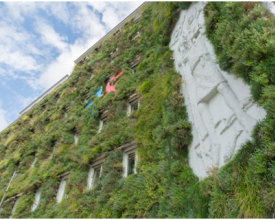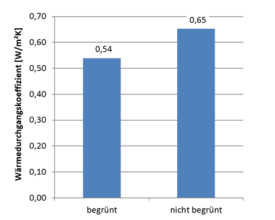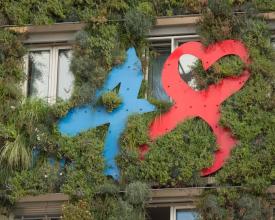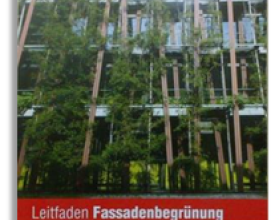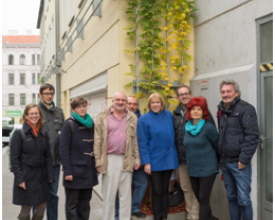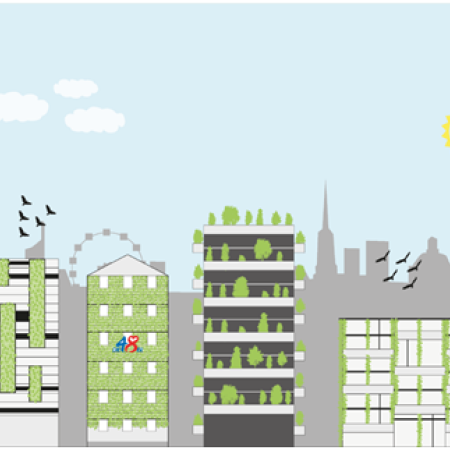
Green façade for heat wave buffering on a public administration building in Vienna
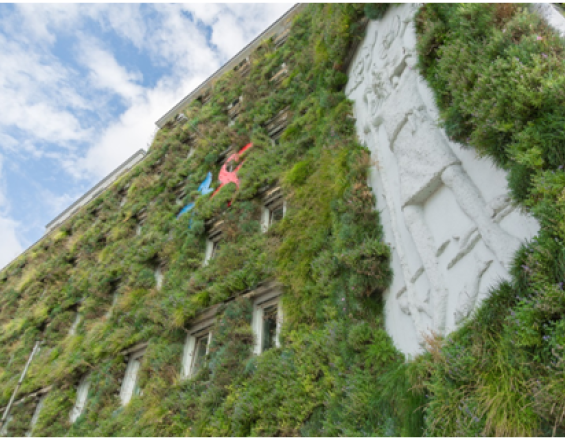
Climate change can cause heat islands in cities, affecting public health and infrastructure. Vienna thus developed a pioneer program for greening buildings, including the façade of the department for waste management, to investigate the effects on heat flow in winter and the influence on the heat transfer losses and heat demand of the building. The facades were also to create ecological niches for insects and birds and positively affect the surrounding indoor and outdoor climates.
Context
Challenges addressed
Beneficiaries
Location
Process
Summary of the process
Building Blocks
Instructional guideline for supporting façade greening
Enabling factors
Lesson learned
Resources
Sharing risk/responsibility in a Public Private Partnership
Enabling factors
Lesson learned
Impacts
In total, 850 square meters of façade were mounted, totaling 2.850 meters with about 17.000 plants (mainly perennials, grasses and herbs) and increasing the amenity values of the area for the surrounding community. As a pilot project, the greening of the building façade served primarily to advance the state of knowledge on the potential effects of such an EbA measure. Within the framework of this research project (2016, TU Wien, Korjenic on behalf of MA 22), the green façade and its monitoring serve as the first step towards clear definitions of the effects of façade greening on heat demand. The green part of the wall has also improved thermal insulation by 21% (see figure 2) and led to a change in the annual transmission losses of 54.7 kWh to 45.1 kWh per square meter of green exterior wall. While impacts on biodiversity and habitat functioning still require further survey and research work, effects are estimated to be positive. There has also been a strong increase in levels of awareness of this topic amongst planners, residents and developers.
Sustainable Development Goals
Story

